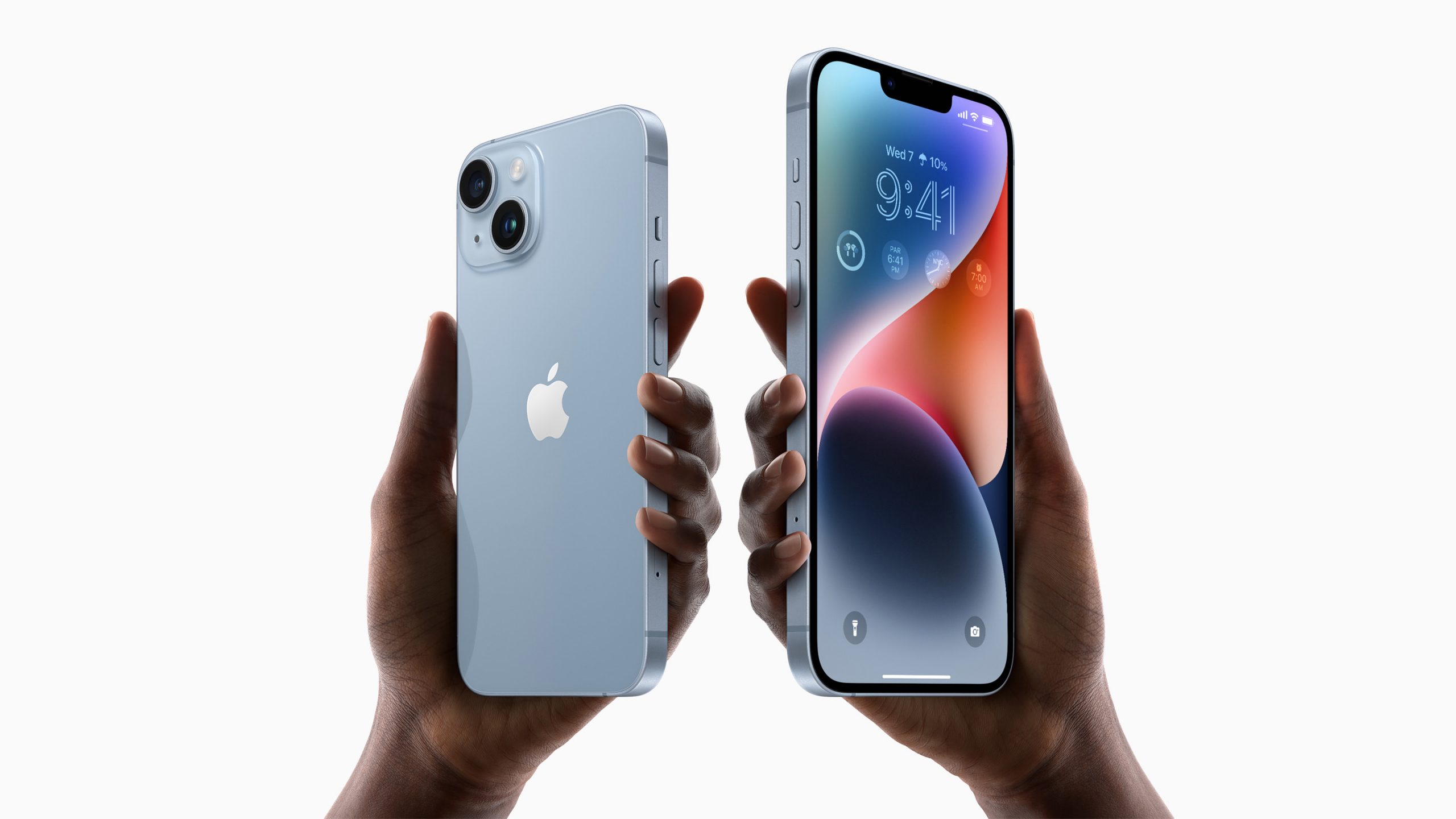EU Approves Common Charger For Mobile Phones

Final blow for Apple’s Lightning connector, as European Parliament approves universal charger for mobile devices
The European Parliament has finally approved one single charger for all mobile phones and tablets – 13 years after the idea was first mooted.
The development seals the fate for Apple and its lightning connector, which had been introduced back in September 2012 (with the iPhone 5) to save space on its previous 30 pin connector design.
The development has been long expected however, after the European Parliament’s Internal Market and Consumer Protection Committee officially agreed with the Commission’s proposal on the common charger in April this year.
![]()
2024 deadline
On Tuesday the European Parliament announced that by the end of 2024, all mobile phones, tablets and cameras sold in the EU will have to be equiped by a USB Type-C charging port.
“From spring 2026, the obligation will extend to laptops,” it added.
The new law was adopted by plenary on Tuesday with 602 votes in favour, 13 against and 8 abstentions, is part of a broader EU effort to reduce e-waste and to empower consumers to make more sustainable choices.
Under the new rules, consumers will no longer need a different charger every time they purchase a new device, as they will be able to use one single charger for a whole range of small and medium-sized portable electronic devices.
Regardless of their manufacturer, all new mobile phones, tablets, digital cameras, headphones and headsets, handheld videogame consoles and portable speakers, e-readers, keyboards, mice, portable navigation systems, earbuds and laptops that are rechargeable via a wired cable, operating with a power delivery of up to 100 Watts, will have to be equipped with a USB Type-C port.
“The common charger will finally become a reality in Europe,” noted Parliament’s rapporteur Alex Agius Saliba. “We have waited more than ten years for these rules, but we can finally leave the current plethora of chargers in the past.”
“This future-proof law allows for the development of innovative charging solutions in the future, and it will benefit everyone – from frustrated consumers to our vulnerable environment,” said Agius Saliba. “These are difficult times for politics, but we have shown that the EU has not run out of ideas or solutions to improve the lives of millions in Europe and inspire other parts of the world to follow suit.”
Agreed standard
This issue of a universal (or common) charger has been hanging around for 13 years, after the majority of smartphone manufacturers (including Apple) adopted the voluntary Micro-USB standard back in 2009.
The final micro-USB design charger was officially agreed in 2010 with ten mobile phone makers including Apple, Samsung, Huawei and Nokia (remember them?), so that they could standardise their chargers for new models of smartphones coming into the market in 2011.
But that ambition and timeframe was never achieved, and in 2014 the European Parliament gave its formal support for an universal charger for smartphones, tablets and other portable electronics.
Apple however had already introduced its 8 pin Lightning connector in September 2012, and it took advantage of a loophole in the European Union 2010 agreement (it was only a voluntary memorandum of understanding) to carry on using its Lightning connector, which is still in use on all iPhone models, including the latest iPhone 14.

Besides all iPhone’s the base iPad and iPad Mini still utilise lightning charging ports.
The Apple iPad Air and iPad Pro already utilise USB-C charging ports.
In September 2021 the European Commission had presented its draft legislation for a common charging port, and in April 2022 the European Parliament’s Internal Market and Consumer Protection Committee backed the proposal for a common (or universal) charger.
Apple has in the past warned that the universal charger would hurt innovation and create a mountain of electronics waste.
The European Parliament meanwhile has also stated that as wireless charging becomes more prevalent, it will have to harmonise interoperability requirements by the end of 2024, to avoid having a negative impact on consumers and the environment.
This will also get rid of the so-called technological “lock-in” effect, whereby a consumer becomes dependent on a single manufacturer.